By Ron Sanders
Off in the distance came the faint drone of a large propeller-driven aircraft. The sound got steadily louder, when suddenly a curtain of red fire erupted from the sky and rained down on the rice paddies in front of us. Puff! Puff The Magic Dragon plane was predecessor to the Lockheed AC-130. When Puff unleashed that first six-second burst every man knew instantly what it was. The sound was indescribable, a deep guttural roar that anyone who has ever heard and lived, will always remember.
Puff the Magic Dragon flew back and forth over the battlefield that night in 1967, dropping huge two million-candle-power parachute flares and occasionally lighting up the sky with his fiery red breath. When daylight began Puff’s work was done. The drone of his huge engines faded into the distance and a deathly silence lingered over the battlefield. Nothing moved in the eerie glare of the last flare as it floated slowly to the earth.
The Evolution of Puff, the Magic Dragon Plane
The mighty dragon Puff evolved from very humble beginnings. The predecessor of the first fixed-wing gunship used in Southeast Asia was the WWII twin-engined C-47 (DC-3) “Gooney Bird,” which was first brought to Vietnam as a transport and cargo ship in November 1961. Shortly after their arrival, many C-47s were outfitted as “flare ships” and designated FC-47 (“F” for flare) to drop huge parachute flares over enemy positions during night attacks. In November 1963, FC-47s flung more than seven thousand flares over enemy positions.
Due to increased night activity by the Viet Cong (VC) in 1963, it soon became apparent that a better night air effort was necessary. After much deliberation, and because of the diligence and persistence of several young Air Force Officers, the modern concept of the fixed-wing gunship was accepted.
The effectiveness of such a gunship was dependent upon its ability to direct concentrated fire on enemy positions in near proximity to friendly forces. The chosen craft also had to have enough power and cargo space to carry the necessary armament and heavy loads of ordnance.
The flying maneuver that was necessary for this type of precision fire mission was to circle the enemy position in a tightly banked “pylon turn” while firing from side-mounted guns. This would allow the craft to sustain continuous fire on a relatively small area.
A cargo or transport-type craft was needed for the huge amounts of munitions required, and it had to be propeller driven, because jet aircraft were much too fast for the precision maneuvers necessary. The C-47 was chosen as the test plane.
The armament chosen for the gunships was the General Electric rotary-barreled M-134 machine gun, known as the “minigun,” which could fire either fifty or a hundred rounds of 7.62-mm ammunition per second. Initially three miniguns per ship would be fixed-mounted in a side-firing configuration. Positioning the aircraft at the proper altitude and angle was the only means of aiming the weapons.
Using this armament, a C-47 flying at three thousand feet in a tight circle could place a bullet in every square yard of a football-field-sized area (five thousand square yards) in approximately 17 seconds.
Spooky and Puff
An Air Force team was dispatched to Bien Hoa Air Force Base outside Saigon in December 1964 to convert two C-47s into gunships for evaluation. The conversion was completed on the first ship in less than two weeks.
Preliminary tests were run, and the gunship flew its first-day combat mission on December 14, 1964, firing on enemy sampans, trails and staging areas. The gunship scored its first verified enemy kills on December 21, 1964, with 21 VC dead.
The first night mission was flown on the night of December 23, over an outpost under attack near Thanh Yend. The ship fired more than 4,500 rounds of ammunition and dropped 17 flares, successfully halting the enemy assault on the outpost.
By then, the two converted gunships had flown 16 combat and 7 training missions. In February 1965, a gunship was sent to Bong Son, killing a hundred VC. Another 150 or so VC are believed to have been killed in that action, but the survivors dragged away the bodies and a total body count was not possible.
“Gooney Bird” was quickly evolving into “Puff the Magic Dragon.” The armored plane’s fame quickly spread throughout Vietnam. American GIs were comforted by its presence, and the enemy lived in mortal terror of it. Reports have it that, on occasion, just the sound of one of them flying overhead and the dropping of the first giant flare was enough to break off an enemy attack.
The test of the new gunships was considered successful and the order was given to convert 20 C-47s into gunships. They were now to be designated AC-47 (“A” for attack) “Spooky” gunships. The conversions were to be carried out in the United States, and the planes flown to Vietnam upon completion.
SOS Arrives Near Saigon for Command Support
The 4th Airborne Command and Control Squadron (aka SOS, “Special Operations Squadron”) arrived at Tan Son Nhut Air Base, near Saigon, on November 14, 1965, with 16 combat gunships and four others for command support and attrition. Their mission was to respond with flares and firepower support of friendly positions under night attack, convoy escort, armed reconnaissance, close-air support, and interdiction.
Although designated “Spooky” by the Air Force, the AC-47 was quickly nicknamed the “Puff the Magic Dragon” plane by ground troops. In some areas even its official call sign was changed from “Spooky” to “Puff.” Anyone who has ever heard Puff fire those three miniguns knows the reason for the new name. The guttural roar made by the guns firing simultaneously could only come from a dragon—a very angry one.
For the next four years, AC-47 gunships distinguished themselves in more than four thousand missions over South Vietnam and Laos. They accounted for at least 5,300 enemy killed, and hundreds of enemy trucks destroyed or damaged. Not a single hamlet or fort defended by Puff was ever overrun.
AC-47 gunships operated out of bases throughout South Vietnam, including Nha Trang, Bien Thuy, Da Nang, and Pleiku. From November 1965 to December 1969, 53 of them expended over 97 million rounds of ammunition and dropped 270,000 flares.
By 1969, the old AC-47s were beginning to wear out, and it was no longer feasible to keep rebuilding and maintaining them. On December 1, 1969, a lone AC-47 gunship flew its final mission in Vietnam under American command. The remaining ships were turned over to the South Vietnamese and Laotian Air Forces and continued to fight.
The Lockheed C-130: Creep, Shadow, and Stinger
In seeking a replacement for the AC-47, the brass settled on the new Lockheed C-130. Unfortunately there were not enough of them available at the time, so the C-119G Flying Boxcar transport planes would be used until sufficient C-130s were available.
The first AC-119G gunships arrived in Vietnam in December 1968, as the 71st Special Operations Squadron. Four AC-119Gs were in country by January 1969, but trials revealed that the craft was slow, hard to maneuver, and vulnerable to enemy ground fire; consequently it was not to be used in high-threat situations. Close-air support was the most appropriate use for the “G” model.
The original designation of the “G” model was “Creep,” but after strenuous protests from their crews, the new gunships were renamed and were redesignated “Shadow.” Although this was its official designation, many GIs (“Ground Pounders”) continued to refer to all gunships as “Puff.”
By mid-March 1969, all 18 of the original contingent of AC-119Gs were in Vietnam, but these twin-engined ships were so underpowered that, with a full complement of armament and ammunition, their performance was marginal. So a J-85 jet engine was added to each wing of the craft, and this modified version of the AC-119 “K” model was called “Stinger.”
The first “K” models didn’t start arriving until October of 1969 at Phan Rang Air Base. By January 1970, there were 16 “G” model and 18 “K” model AC-119s in Vietnam.
FLIR System Enhances Ship’s Abilities
All AC-119G and K gunships were equipped with four miniguns and a NOD (Night Observation Device) or starlight optical sensor. In addition, all AC-119Ks were equipped with two 20-mm cannon and a side-looking radar. The later addition of a Forward-Looking Infrared Radar (FLIR) system greatly enhanced the ship’s ability to detect and destroy enemy vehicles. Even when stationary and hidden under heavy foliage, the new system could detect heat rising from still-warm engines.
During May and June of 1970, AC-119s fired more than two million rounds of 7.62-mm ammunition and over 22,000 rounds of 20-mm cannon shells during one seven-week period over Vietnam. Starting in May AC-119s were used over Cambodia, and from May 5 to June 30 they flew 178 sorties. From July 1970 to March 1971 AC-119s destroyed or damaged 609 enemy vehicles and 731 sampans, and killed over three thousand of the enemy.
In February 1970, AC-119s were assigned to Ubon Air Base in Laos and air bases in Thailand for use over Cambodia. Their primary mission was to destroy enemy shipping (trucks) along the Ho Chi Minh Trail, and they proved very effective in this role.
In September 1971, AC-119s began to be turned over to the South Vietnamese Air Force in preparation for the introduction of the latest model gunship, a converted four-engine C-130 cargo plane. The transfers were completed and Vietnamese crews were fully trained by May.
The Lockheed AC-130A Prototype Arrives for Testing
In September 1967, the first Lockheed AC-130A prototype arrived at Nha Trang Air Base and began its test program. Like its predecessor, the AC-119, the AC-130A carried four miniguns; in addition, it was equipped with four 20-mm cannon with 2,500 rounds of high-explosive incendiary ammunition, advanced electronics sensors, fire control systems, and searchlights.
Among the advanced technology on the AC-130A was the NOD, side-looking and forward-looking radar, and two steerable 20-kilowatt, variable-beam xenon arc illuminators (spotlights), capable of producing up to 1.5 million candle-power.
The Lockheed AC-130A prototype test program ended on December 12, 1967. The final evaluation stated that the AC-130 had three times the combat effectiveness of the AC-47. The AC-130A gunship’s principal advantages were more power (four engines), more cargo space, and more cargo-carrying capability. These advantages permitted the AC-130 to have more and larger armament, more ordnance, and more speed.
The prototype AC-130A was sent back to the States for refurbishing but was returned to Vietnam in February of 1968, to begin flying combat missions along the Ho Chi Minh Trail.
From February to November, the AC-130A prototype destroyed 228 enemy trucks, damaged 133, and destroyed nine enemy sampans.
The AC-130A prototype flew its last mission on November 18, 1968, and was returned to the States once more. During its short combat career, the prototype was determined to be the most cost-effective close-support and interdictive craft in the U.S. Air Force arsenal.
Six “Spectre” Gunships in Southeast Asia
By the spring of 1969 there were six AC-130A “Spectre” gunships operating in Southeast Asia. In December 1969, a newly modified Lockheed AC-130 gunship arrived at Ubon Air Base. Dubbed “The Surprise Package,” the new model sported two 20-mm rapid-firing Vulcan cannon, two 40-mm Bofors cannon, and advanced electronics.
During its 38-day combat evaluation, the Surprise gunship destroyed 178 enemy trucks, damaged 63 others, and logged 37 vehicles as “results not observed.” In addition, it attacked three antiaircraft sites, destroying one and causing major explosions at the other two. The new gunship was determined to be twice as effective in its interdiction role as previous models.
The resulting advanced model was designated the AC-130E, and began arriving at Ubon AFB in Laos during October 1970. Between November 1970 and January 1971, six more “E” model gunships arrived in SE Asia.
In the summer of 1971, six AC-130E gunships were produced with an advanced fire-control computer, higher gross weight limit, and improved countermeasure electronics. In addition, a flare-launching system equipped with 24 chaff flares to counter SAMs (Surface-to-Air Missiles) was installed.
Before the addition of the flare launcher, the crews of gunships had only two crude but innovative defenses against the heat-seeking SA-7 Strela missiles commonly used by the enemy. The first was for a crewmember to manually fire a handheld flare directly at an oncoming missile while hanging out the open rear cargo bay ramp. The tactic was meant to confuse the missile’s infrared tracking system by giving it another “hot” target to lock onto; sometimes it worked, sometimes it didn’t. The main problem was, you usually only had one shot.
The second defense against heat-seeking SAM attacks was for the pilot to bank the craft in such a way that the gunship’s wing would shield its engine’s heat signature from the oncoming missile. Neither tactic was effective against more advanced radar-guided missiles, however. As suspected, the flare-launching system was a great improvement over both previous tactics.
Gunships Destroy, Damage 10,000 Enemy Vehicles
During the winter campaign of ’71 to ’72, gunships destroyed or damaged over 10,000 enemy vehicles, destroyed 223 watercraft, and damaged 142 others. Most gunship activity in 1972 countered assaults by Communist forces on fire-support bases and provided fire support for troops.
In February 1972, the first AC-130E Spectre was outfitted with a 105-mm Howitzer in place of one of the 40-mm Bofors cannon. This gave the gunship a much greater firing range and allowed it to fire from a higher altitude. The addition of the Howitzer also made the gunship a much more effective spotter aircraft.
The ground explosion from the 6.5-pound artillery shell was much easier to spot by escorting jet fighter-bombers carrying napalm. F-4 jets often accompanied gunships on missions; three was the usual complement. This allowed two jets to stay with the gunship at all times, while one left for refueling by air tanker. The combination was very effective at suppressing antiaircraft fire.
The truce of January 1973 ended American gunship operations in Vietnam and Laos. The last combat mission for American gunships was flown over Cambodia on August 15, 1973. Unquestionably gunships played a vital role in America’s efforts in Vietnam and were responsible for saving thousands of American lives.
The AC-130 Gunship Post-Vietnam
The end of the Vietnam War did not mean the end of the gunship, however. It has been an active participant in defending American ground and air forces in Grenada, Panama, Operation Desert Storm, Somalia, and Bosnia.
During the Granada invasion of October 1983, Lockheed AC-130s suppressed enemy air-support systems and attacked ground forces, according to the Air Force. Gunships were especially helpful during the assault on the Point Salines Airfield.
In Panama in 1989, gunships destroyed the Panamanian Defense Force Headquarters and numerous command and control facilities by what the Air Force called a “surgical employment of ordnance in an urban environment.”
During Operation Desert Storm, Spectre gunships provided close-air support for ground forces and defended air-base installations against enemy attack.
During operations Continue Hope and United Shield in Somalia in 1992–1995, Spectre gunships flew reconnaissance missions and helped defend NATO ground forces. In recent years, Spectre gunships have provided support for NATO ground forces in Sarajevo.
Major Modifications, Upgrades to the Spectre Gunship
Since the end of the Vietnam War, the AC-130 Spectre gunship has undergone several major modifications and upgrades in its performance, armament, and electronics. The latest version is the AC-130U.
This air-to-ground attack aircraft features advanced armament with new computer- directed gun systems. No longer stationary, or fixed-mounted, the guns now have computer-driven, trainable mounting systems, integrated with fire-control avionics. These advanced fire- control systems are fed target coordinates from infrared and radar sensors.
Two 20-mm Vulcan cannon have been replaced by one General Electric GAU-12/U 25-mm Gatling gun. The new gun can fire five rounds per second, has greater range, has a much more powerful projectile, and is much more accurate than the 20-mm Vulcans. Other armament includes one 40-mm Bofors cannon with 256 rounds of ammunition, and one 105-mm Howitzer with a hundred rounds.
The new gunship can fire on two separate targets from an altitude of 20,000 feet, with a slant range of 25,000 feet (more than four nautical miles). This new capability greatly improves its standoff firepower and has improved its survivability.
The “U” also has an advanced array of sensors including forward- and side-looking radar, low-light television, infrared sensing devices (ISDs), a global positioning system (GPS), and inertial navigation systems. This gives the gunship, according to the Air Force, “a method of positively identifying friendly ground forces as well as effective ordnance delivery during adverse weather (and night) conditions.”
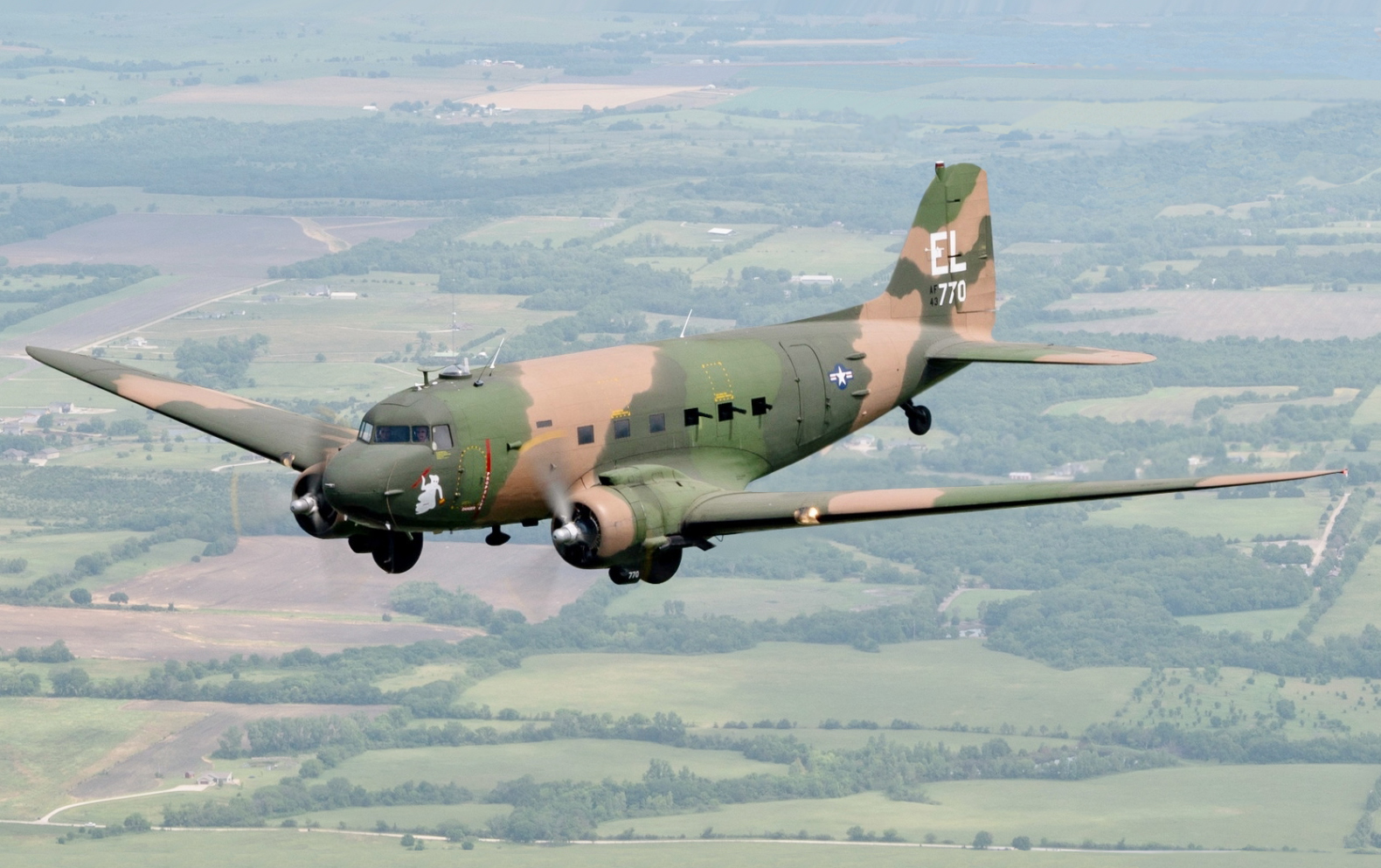
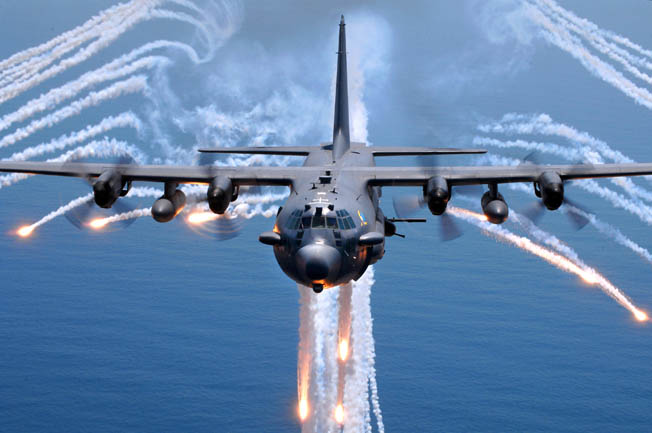
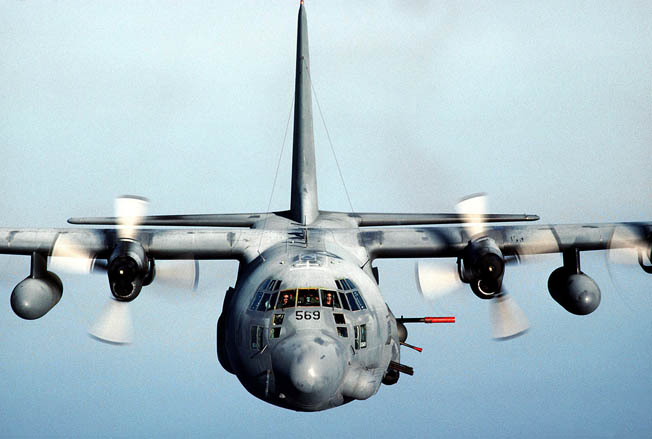
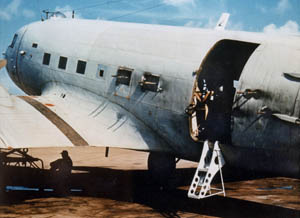
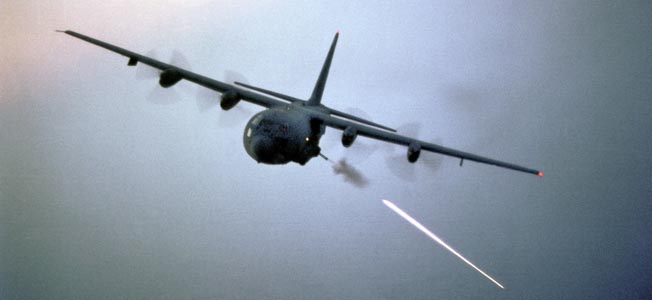
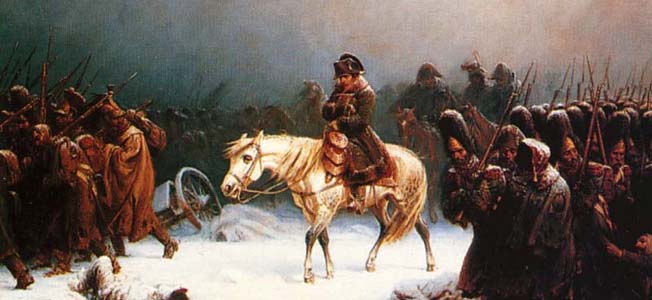
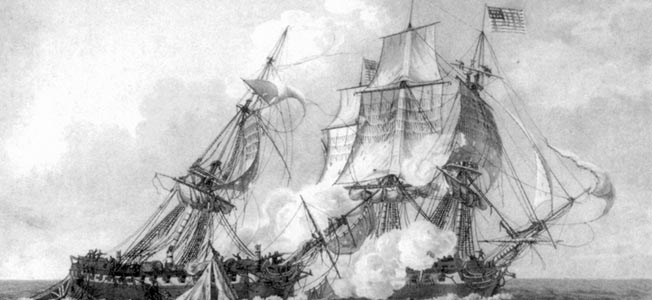
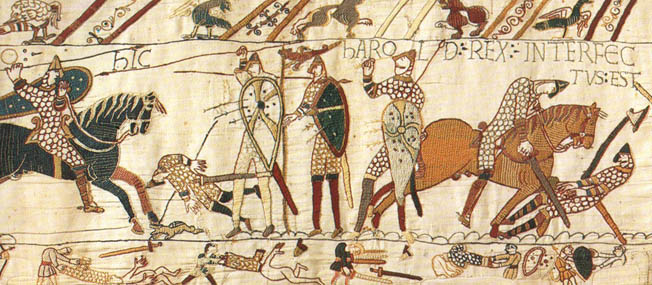
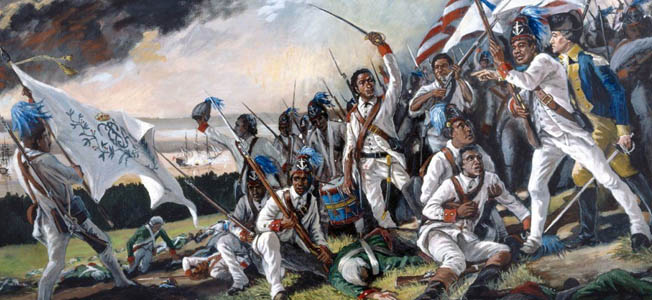
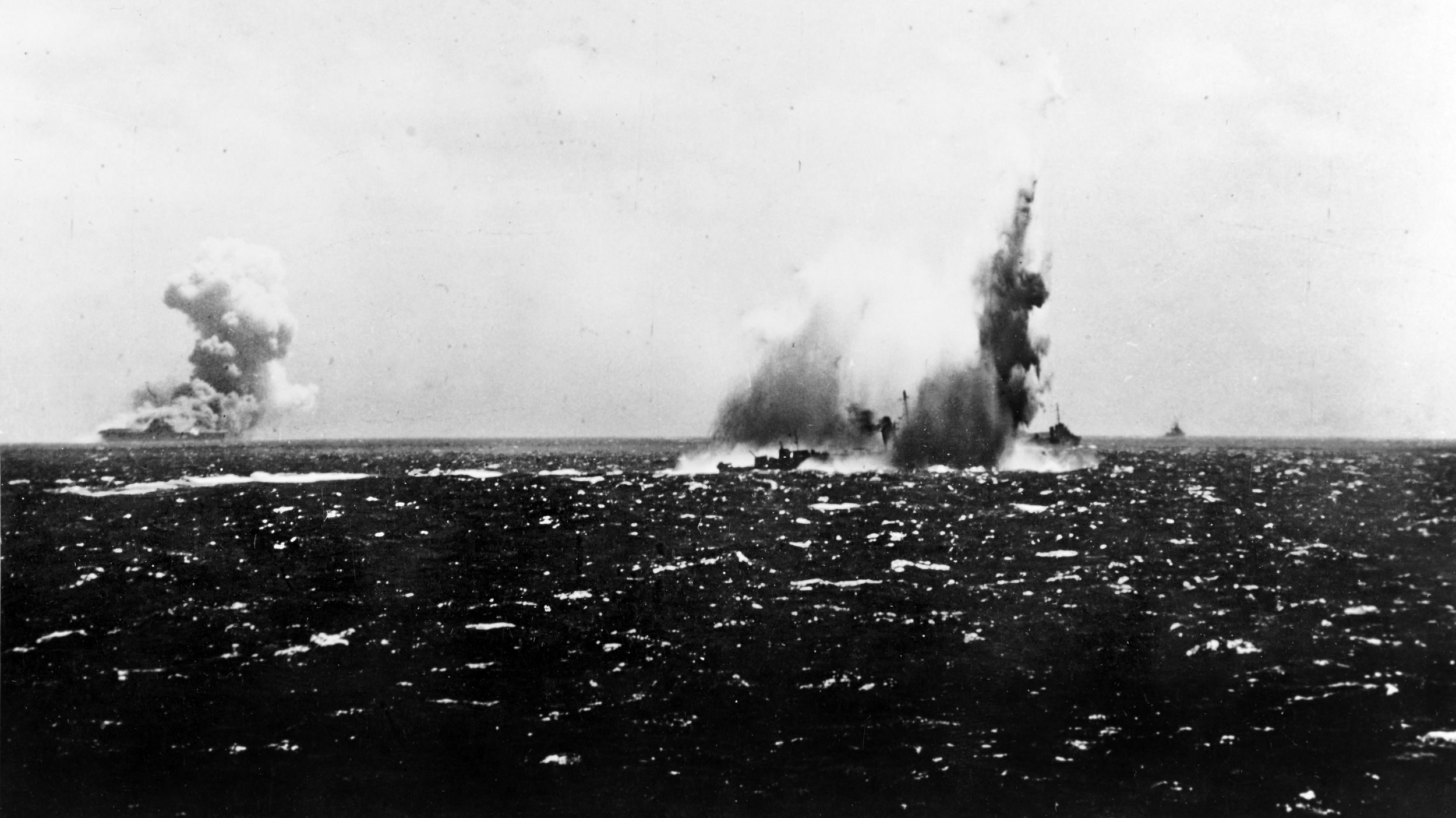
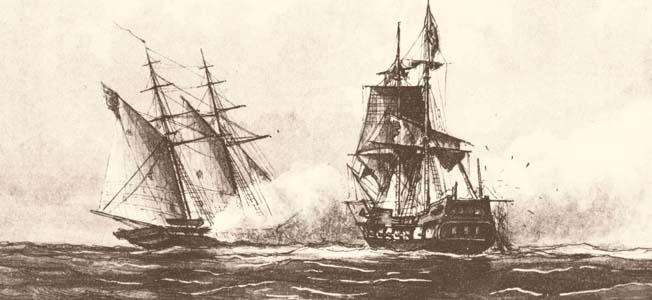
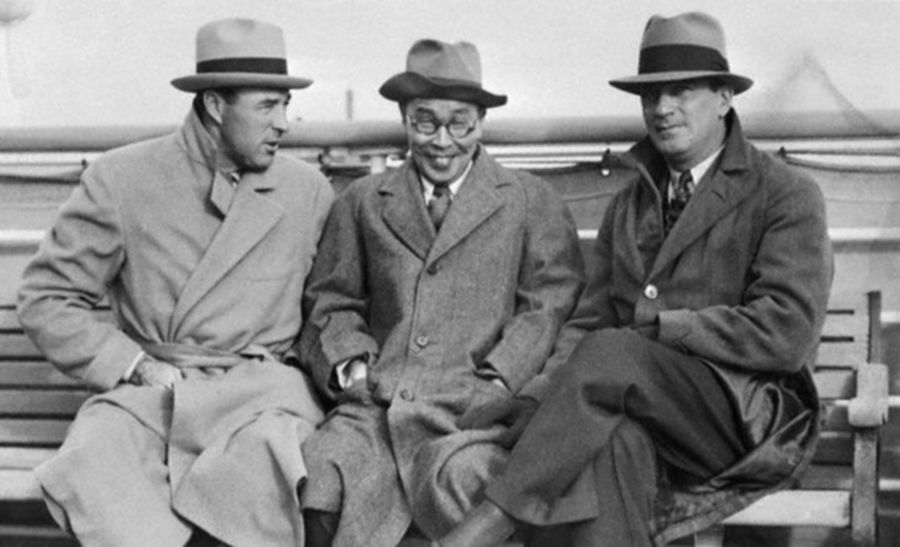
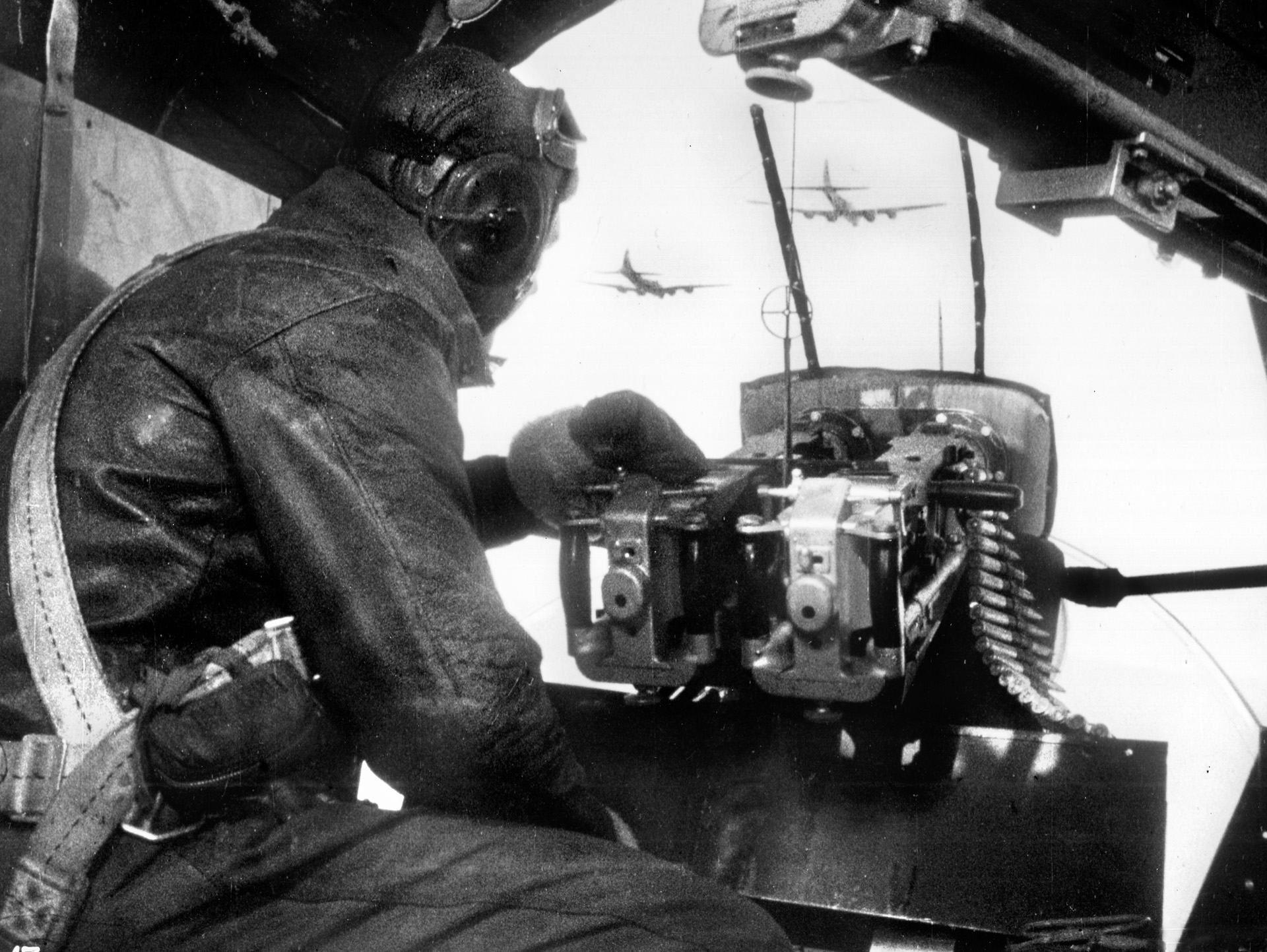
Appreciate the article, served Vietnam 66/67. Sent there as 5000 gal JP4, DIESEL, AV GAS, 500 POUNDERS, NAPALM, & any thing else !
Many of us have azillion experiences.
Keep publishing them-our stories do matter!
Thank you
Bob Buckley